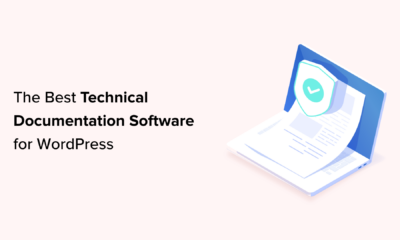For Trump and Facebook, judgment day is around the corner
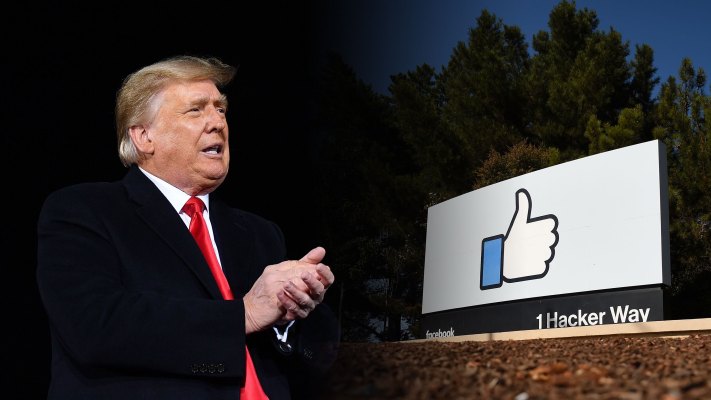
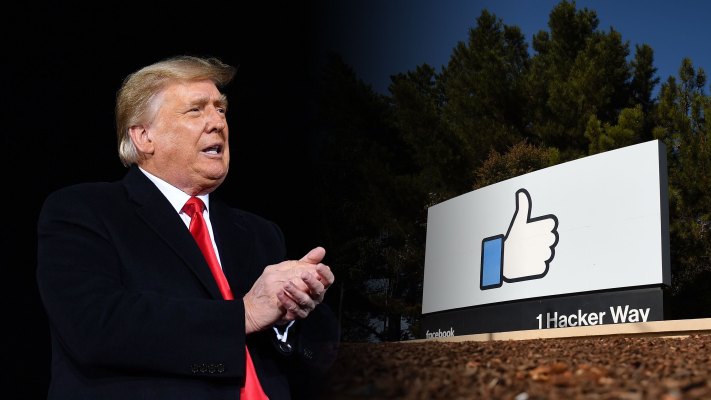
Facebook unceremoniously confiscated Trump’s biggest social media megaphone months ago, but the former president might be poised to snatch it back.
Facebook’s Oversight Board, an external Supreme Court-like policy decision making group, will either restore Trump’s Facebook privileges or banish him forever on Wednesday. Whatever happens, it’s a huge moment for Facebook’s nascent experiment in outsourcing hard content moderation calls to an elite group of global thinkers, academics and political figures and allowing them to set precedents that could shape the world’s biggest social networks for years to come.
Facebook CEO Mark Zuckerberg announced Trump’s suspension from Facebook in the immediate aftermath of the Capitol attack. It was initially a temporary suspension, but two weeks later Facebook said that the decision would be sent to the Oversight Board. “We believe the risks of allowing the President to continue to use our service during this period are simply too great,” Facebook CEO Mark Zuckerberg wrote in January.
Facebook’s VP of Global Affairs Nick Clegg, a former British politician, expressed hope that the board would back the company’s own conclusions, calling Trump’s suspension an “unprecedented set of events which called for unprecedented action.”
Trump inflamed tensions and incited violence on January 6, but that incident wasn’t without precedent. In the aftermath of the murder of George Floyd, an unarmed Black man killed by Minneapolis police, President Trump ominously declared on social media “when the looting starts, the shooting starts,” a threat of imminent violence with racist roots that Facebook declined to take action against, prompting internal protests at the company.
The former president skirted or crossed the line with Facebook any number of times over his four years in office, but the platform stood steadfastly behind a maxim that all speech was good speech, even as other social networks grew more squeamish.
In a dramatic address in late 2019, Zuckerberg evoked Martin Luther King Jr. as he defended Facebook’s anything goes approach. “In times of social turmoil, our impulse is often to pull back on free expression,” Zuckerberg said. “We want the progress that comes from free expression, but not the tension.” King’s daughter strenuously objected.
A little over a year later, with all of Facebook’s peers doing the same and Trump leaving office, Zuckerberg would shrink back from his grand free speech declarations.
In 2019 and well into 2020, Facebook was still a roiling hotbed of misinformation, conspiracies and extremism. The social network hosted thousands of armed militias organizing for violence and a sea of content amplifying QAnon, which moved from a fringe belief on the margins to a mainstream political phenomenon through Facebook.
Those same forces would converge at the U.S. Capitol on January 6 for a day of violence that Facebook executives characterized as spontaneous, even though it had been festering openly on the platform for months.
How the Oversight Board works
Facebook’s Oversight Board began reviewing its first cases last October. Facebook can refer cases to the board, like it did with Trump, but users can also appeal to the board to overturn policy decisions that affect them after they exhaust the normal Facebook or Instagram appeals process. A five member subset of its 20 total members evaluate whether content should be allowed to remain on the platform and then reach a decision, which the full board must approve by a majority vote. Initially, the Oversight Board was only empowered to reinstate content removed on Facebook and Instagram, but in mid-April began accepting requests to review controversial content that stayed up.
Last month, the Oversight Board replaced departing member Pamela Karlan, a Stanford professor and voting rights scholar critical of Trump, who left to join the Biden administration. Karlan’s replacement, PEN America CEO Suzanne Nossel, wrote an op-ed in the LA Times in late January arguing that extending a permanent ban on Trump “may feel good” but that decision would ultimately set a dangerous precedent. Nossel joined the board too late to participate in the Trump decision.
The Oversight Board’s earliest batch of decisions leaned in the direction of restoring content that’s been taken down — not upholding its removal. While the board’s other decisions are likely to touch on the full spectrum of frustration people have with Facebook’s content moderation preferences, they come with far less baggage than the Trump decision. In one instance, the Oversight Board voted to restore an image of a woman’s nipples used in the context of a breast cancer post. In another, the board decided that a quote from a famous Nazi didn’t merit removal because it wasn’t an endorsement of Nazi ideology. In all cases, the Oversight Board can issue policy recommendations, but Facebook isn’t obligated to implement them — just the decisions.
Befitting its DNA of global activists, political figures and academics, the Oversight Board might have ambitions well beyond one social network. Earlier this year, Oversight Board co-chair and former Prime Minister of Denmark Helle Thorning-Schmidt declared that other social media companies would be “welcome to join” the project, which is branded in a conspicuously Facebook-less way. (The group calls itself the “Oversight Board” though everyone calls it the “Facebook Oversight Board.”)
“For the first time in history, we actually have content moderation being done outside one of the big social media platforms,” Thorning-Schmidt declared, grandly. “That in itself… I don’t hesitate to call it historic.”
Facebook’s decision to outsource some major policy decisions is indeed an experimental one, but that experiment is just getting started. The Trump case will give Facebook’s miniaturized Supreme Court an opportunity to send a message, though whether the takeaway is that it’s powerful enough to keep a world leader muzzled or independent enough to strike out from its parent and reverse the biggest social media policy decision ever made remains to be seen.
If Trump comes back, the company can shrug its shoulders and shirk another PR firestorm, content that its experiment in external content moderation is legitimized. If the board doubles down on banishing Trump, Facebook will rest easy knowing that someone else can take the blowback this round in its most controversial content call to date. For Facebook, for once, it’s a win-win situation.
Facebook Faces Yet Another Outage: Platform Encounters Technical Issues Again
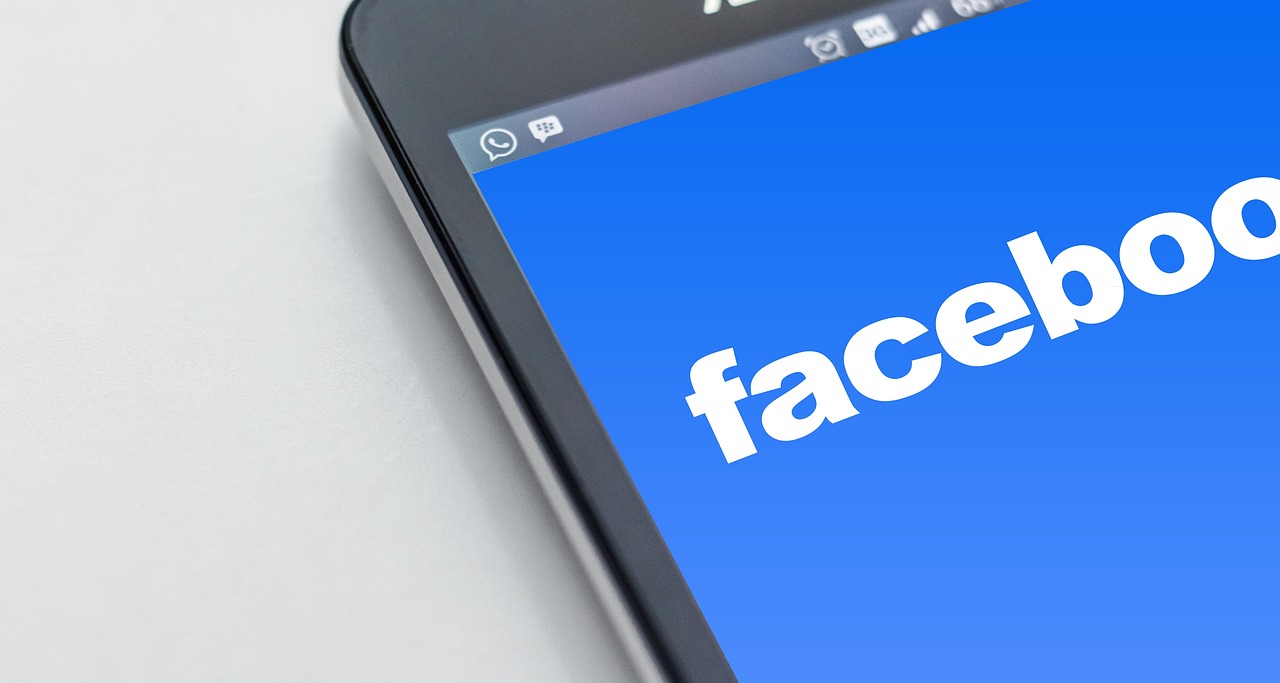
Uppdated: It seems that today’s issues with Facebook haven’t affected as many users as the last time. A smaller group of people appears to be impacted this time around, which is a relief compared to the larger incident before. Nevertheless, it’s still frustrating for those affected, and hopefully, the issues will be resolved soon by the Facebook team.
Facebook had another problem today (March 20, 2024). According to Downdetector, a website that shows when other websites are not working, many people had trouble using Facebook.
This isn’t the first time Facebook has had issues. Just a little while ago, there was another problem that stopped people from using the site. Today, when people tried to use Facebook, it didn’t work like it should. People couldn’t see their friends’ posts, and sometimes the website wouldn’t even load.
Downdetector, which watches out for problems on websites, showed that lots of people were having trouble with Facebook. People from all over the world said they couldn’t use the site, and they were not happy about it.
When websites like Facebook have problems, it affects a lot of people. It’s not just about not being able to see posts or chat with friends. It can also impact businesses that use Facebook to reach customers.
Since Facebook owns Messenger and Instagram, the problems with Facebook also meant that people had trouble using these apps. It made the situation even more frustrating for many users, who rely on these apps to stay connected with others.
During this recent problem, one thing is obvious: the internet is always changing, and even big websites like Facebook can have problems. While people wait for Facebook to fix the issue, it shows us how easily things online can go wrong. It’s a good reminder that we should have backup plans for staying connected online, just in case something like this happens again.
Christian family goes in hiding after being cleared of blasphemy
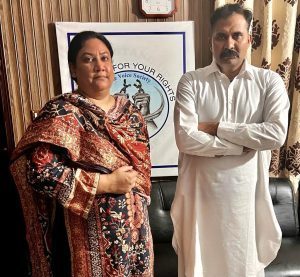
LAHORE, Pakistan — A court in Pakistan granted bail to a Christian falsely charged with blasphemy, but he and his family have separated and gone into hiding amid threats to their lives, sources said.
Haroon Shahzad, 45, was released from Sargodha District Jail on Nov. 15, said his attorney, Aneeqa Maria. Shahzad was charged with blasphemy on June 30 after posting Bible verses on Facebook that infuriated Muslims, causing dozens of Christian families in Chak 49 Shumaali, near Sargodha in Punjab Province, to flee their homes.
Lahore High Court Judge Ali Baqir Najfi granted bail on Nov. 6, but the decision and his release on Nov. 15 were not made public until now due to security fears for his life, Maria said.
Shahzad told Morning Star News by telephone from an undisclosed location that the false accusation has changed his family’s lives forever.
“My family has been on the run from the time I was implicated in this false charge and arrested by the police under mob pressure,” Shahzad told Morning Star News. “My eldest daughter had just started her second year in college, but it’s been more than four months now that she hasn’t been able to return to her institution. My other children are also unable to resume their education as my family is compelled to change their location after 15-20 days as a security precaution.”
Though he was not tortured during incarceration, he said, the pain of being away from his family and thinking about their well-being and safety gave him countless sleepless nights.
“All of this is due to the fact that the complainant, Imran Ladhar, has widely shared my photo on social media and declared me liable for death for alleged blasphemy,” he said in a choked voice. “As soon as Ladhar heard about my bail, he and his accomplices started gathering people in the village and incited them against me and my family. He’s trying his best to ensure that we are never able to go back to the village.”
Shahzad has met with his family only once since his release on bail, and they are unable to return to their village in the foreseeable future, he said.
“We are not together,” he told Morning Star News. “They are living at a relative’s house while I’m taking refuge elsewhere. I don’t know when this agonizing situation will come to an end.”
The Christian said the complainant, said to be a member of Islamist extremist party Tehreek-e-Labbaik Pakistan and also allegedly connected with banned terrorist group Lashkar-e-Jhangvi, filed the charge because of a grudge. Shahzad said he and his family had obtained valuable government land and allotted it for construction of a church building, and Ladhar and others had filed multiple cases against the allotment and lost all of them after a four-year legal battle.
“Another probable reason for Ladhar’s jealousy could be that we were financially better off than most Christian families of the village,” he said. “I was running a successful paint business in Sargodha city, but that too has shut down due to this case.”
Regarding the social media post, Shahzad said he had no intention of hurting Muslim sentiments by sharing the biblical verse on his Facebook page.
“I posted the verse a week before Eid Al Adha [Feast of the Sacrifice] but I had no idea that it would be used to target me and my family,” he said. “In fact, when I came to know that Ladhar was provoking the villagers against me, I deleted the post and decided to meet the village elders to explain my position.”
The village elders were already influenced by Ladhar and refused to listen to him, Shahzad said.
“I was left with no option but to flee the village when I heard that Ladhar was amassing a mob to attack me,” he said.
Shahzad pleaded with government authorities for justice, saying he should not be punished for sharing a verse from the Bible that in no way constituted blasphemy.
Similar to other cases
Shahzad’s attorney, Maria, told Morning Star News that events in Shahzad’s case were similar to other blasphemy cases filed against Christians.
“Defective investigation, mala fide on the part of the police and complainant, violent protests against the accused persons and threats to them and their families, forcing their displacement from their ancestral areas, have become hallmarks of all blasphemy allegations in Pakistan,” said Maria, head of The Voice Society, a Christian paralegal organization.
She said that the case filed against Shahzad was gross violation of Section 196 of the Criminal Procedure Code (CrPC), which states that police cannot register a case under the Section 295-A blasphemy statute against a private citizen without the approval of the provincial government or federal agencies.
Maria added that Shahzad and his family have continued to suffer even though there was no evidence of blasphemy.
“The social stigma attached with a blasphemy accusation will likely have a long-lasting impact on their lives, whereas his accuser, Imran Ladhar, would not have to face any consequence of his false accusation,” she said.
The judge who granted bail noted that Shahzad was charged with blasphemy under Section 295-A, which is a non-cognizable offense, and Section 298, which is bailable. The judge also noted that police had not submitted the forensic report of Shahzad’s cell phone and said evidence was required to prove that the social media was blasphemous, according to Maria.
Bail was set at 100,000 Pakistani rupees (US $350) and two personal sureties, and the judge ordered police to further investigate, she said.
Shahzad, a paint contractor, on June 29 posted on his Facebook page 1 Cor. 10:18-21 regarding food sacrificed to idols, as Muslims were beginning the four-day festival of Eid al-Adha, which involves slaughtering an animal and sharing the meat.
A Muslim villager took a screenshot of the post, sent it to local social media groups and accused Shahzad of likening Muslims to pagans and disrespecting the Abrahamic tradition of animal sacrifice.
Though Shahzad made no comment in the post, inflammatory or otherwise, the situation became tense after Friday prayers when announcements were made from mosque loudspeakers telling people to gather for a protest, family sources previously told Morning Star News.
Fearing violence as mobs grew in the village, most Christian families fled their homes, leaving everything behind.
In a bid to restore order, the police registered a case against Shahzad under Sections 295-A and 298. Section 295-A relates to “deliberate and malicious acts intended to outrage religious feelings of any class by insulting its religion or religious beliefs” and is punishable with imprisonment of up to 10 years and fine, or both. Section 298 prescribes up to one year in prison and a fine, or both, for hurting religious sentiments.
Pakistan ranked seventh on Open Doors’ 2023 World Watch List of the most difficult places to be a Christian, up from eighth the previous year.
Morning Star News is the only independent news service focusing exclusively on the persecution of Christians. The nonprofit’s mission is to provide complete, reliable, even-handed news in order to empower those in the free world to help persecuted Christians, and to encourage persecuted Christians by informing them that they are not alone in their suffering.
Free Religious Freedom Updates
Join thousands of others to get the FREEDOM POST newsletter for free, sent twice a week from The Christian Post.
Individual + Team Stats: Hornets vs. Timberwolves
CHARLOTTE HORNETS MINNESOTA TIMBERWOLVES You can follow us for future coverage by liking us on Facebook & following us on X: Facebook – All Hornets X – …
Source link
-

 PPC6 days ago
PPC6 days ago19 Best SEO Tools in 2024 (For Every Use Case)
-
SEARCHENGINES7 days ago
Daily Search Forum Recap: April 17, 2024
-
SEARCHENGINES6 days ago
Daily Search Forum Recap: April 18, 2024
-
SEARCHENGINES5 days ago
Daily Search Forum Recap: April 19, 2024
-

 MARKETING6 days ago
MARKETING6 days agoEcommerce evolution: Blurring the lines between B2B and B2C
-

 WORDPRESS5 days ago
WORDPRESS5 days agoHow to Make $5000 of Passive Income Every Month in WordPress
-

 SEO6 days ago
SEO6 days ago2024 WordPress Vulnerability Report Shows Errors Sites Keep Making
-

 WORDPRESS6 days ago
WORDPRESS6 days ago10 Amazing WordPress Design Resouces – WordPress.com News






